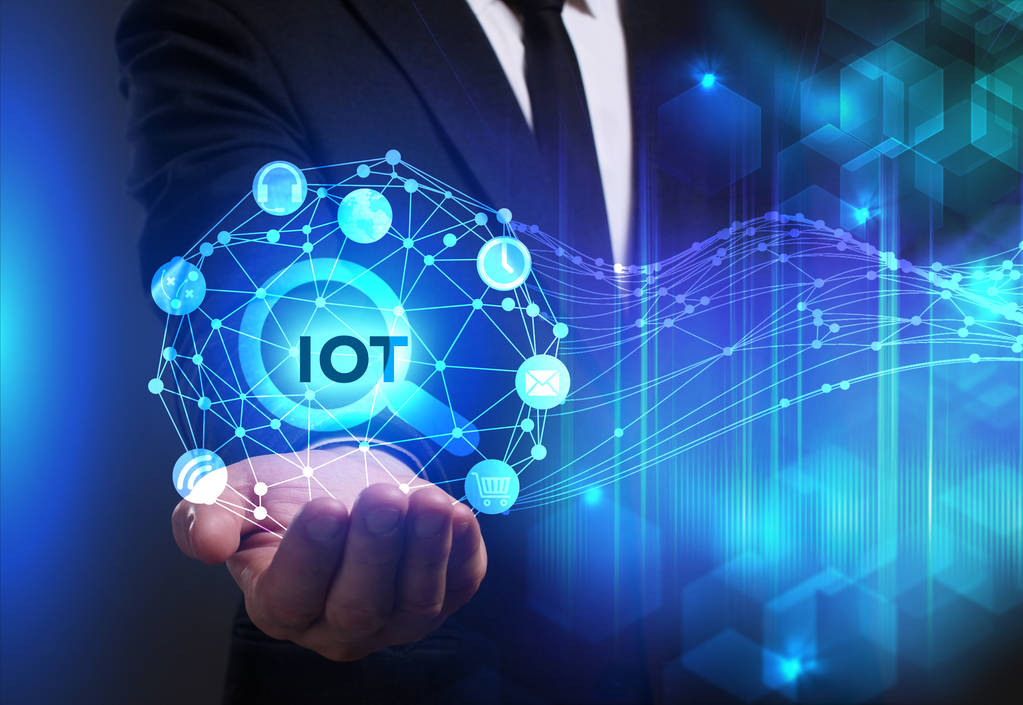As billions of connected devices use various types of sensors to communicate over the Internet, the Internet of Things (IoT) has significant economic and environmental impacts. By next year, 45% of all Internet traffic will be machine-to-machine communication driven by IoT networks.

Emerging technologies such as 5G, blockchain and artificial intelligence are unlocking new IOT use cases for enterprises. The strategic use of IoT devices enables businesses to create new business models and revenue-generating opportunities, and to improve efficiency across the value chain.
However, billions of connected devices mean a lot of energy consumption and data management affecting the carbon footprint while adding the growing amount of e-waste, which is a major problem for battery-powered devices. This is very worrying. In particular, in the past few years, sustainable development has become a top priority for enterprises as a responsible global organization.
Therefore, businesses are considering studying sustainable and energy-saving practices and strategies for IoT deployment to eliminate harm and thus achieve overall environmental, social and economic benefits.
Green of the Internet of Things by manufacturing energy-saving hardware and developing green software can reduce the carbon footprint of the Internet of Things. Interestingly, the Internet of Things promotes the creation of sustainable environments by tracking system performance in real time, helping to identify opportunities to reduce energy consumption. The Green IoT will further ensure that the increase of ioT used to build sustainable solutions will not be harmed by the carbon emissions of the IoT devices themselves.
Moving towards the green Iot will encourage the development of energy-saving practices and processes, prioritizing resource conservation (while reducing waste) and environmental sustainability (by reducing energy consumption and carbon emissions). The green Internet of Things includes making IT hardware energy-efficient and environmentally friendly. As IoT devices process large amounts of data, the green IoT will also drive the growth of green data centers.
The Green Internet of Things life cycle
According to an IEEE paper, the Green Internet of Things is defined as " the energy-efficient program (hardware or software) adopted by the IoT to help reduce the greenhouse effect of existing applications and services, or to reduce the impact of the greenhouse effect of the IoT itself.”
The green Iot life cycle covers the entire iot product life cycle —— From design to production, deployment and recycling, it minimizes the negative impact on the environment by promoting reduced energy consumption and carbon emissions. A circular economy model is recommended, in which sustainability starts at the design stage rather than the recycling stage.
By using energy-saving sensors, applications of artificial intelligence and machine learning, and green software solutions throughout the life cycle of IoT products, organizations can achieve practical sustainable development by reducing carbon emissions and improving energy efficiency.
Energy efficiency applications in IoT deployment involve hardware and software. It includes the design of energy-saving computing devices with minimal emissions, as well as communication protocols and network architectures using energy-efficient routing solutions such as green wireless sensor networks or cognitive radio systems. Green software also needs to be developed through the appropriate selection of programming languages, artificial intelligence models, and software development technologies to minimize the computation and thus reduce the impact on the environment. In fact, the greenness of software is becoming a quality attribute. The Non-profit Green Software Foundation is committed to promoting green software development, focusing on sustainable software to reduce carbon emissions. Just as with performance, security, and cost, sustainability needs to be a core priority for the software team.
Organizations also need to focus on green data centers (with high service proximity and adaptive or self-expansion capabilities) and green clouds (focused on optimizing cloud energy and resource consumption practices), and transition to more energy-efficient, smarter, and more environmentally friendly facilities to help achieve ESG goals.
With the growth of smart connected devices in various industries, the impact of the Internet of Things on the global economy is expected to reach $3.9 trillion to $11.1 trillion by 2025. While emerging technologies are bringing new use cases to businesses and improving business efficiency, environmental sustainability must become a core focus to mitigate concerns about incidental energy consumption and emissions.
The green Internet of Things can use smart and smart connections to create a healthier and safer environment. The development of low-power components, energy collection, green installation, efficient network and communication, green software practices, etc., to jointly promote the development of the green Internet of Things, which is crucial for organizations to achieve their sustainable development goals.
Future development around self-contained power sources, smart sleep mode algorithms for Iot devices, deployment of autonomous and sustainable Internet of Things networks, and innovative energy collection solutions will further reduce damage to the environment and make a significant contribution to sustainable, smart and green ecosystems.
Contact: Qui
Phone: 18146178586
Tel: 18146178586
Email: qui@zonewu.com
Add: 1501-3, Building F03, Phase III, Software Park, Jimei District, Xiamen City, Fujian Province, China
